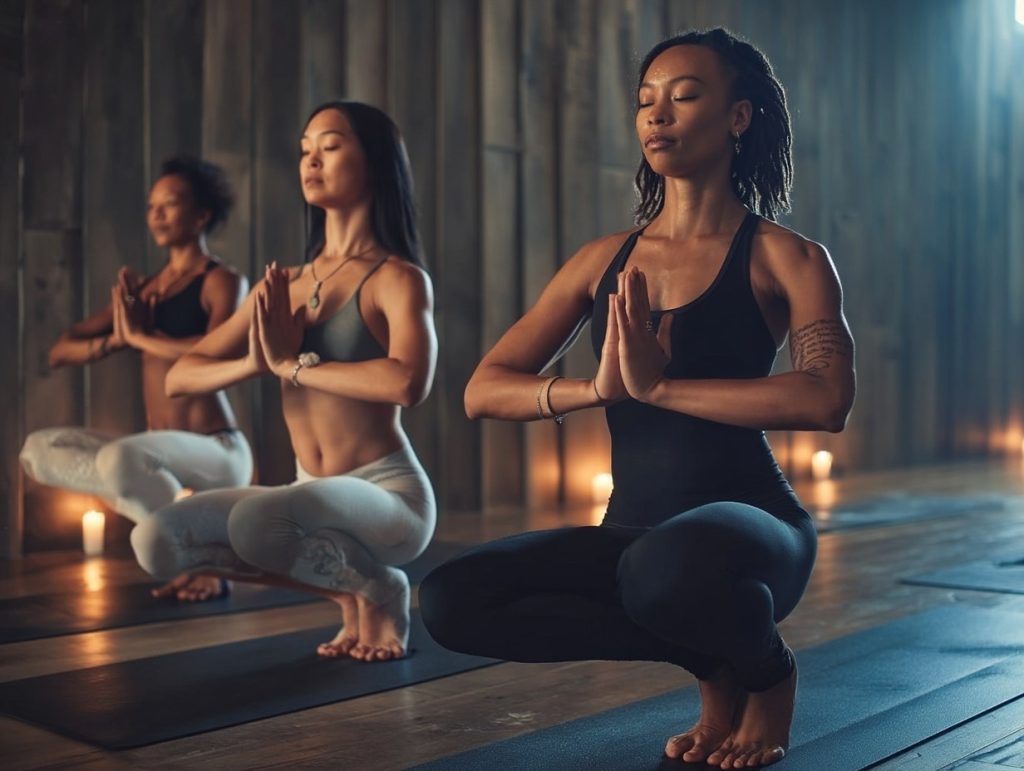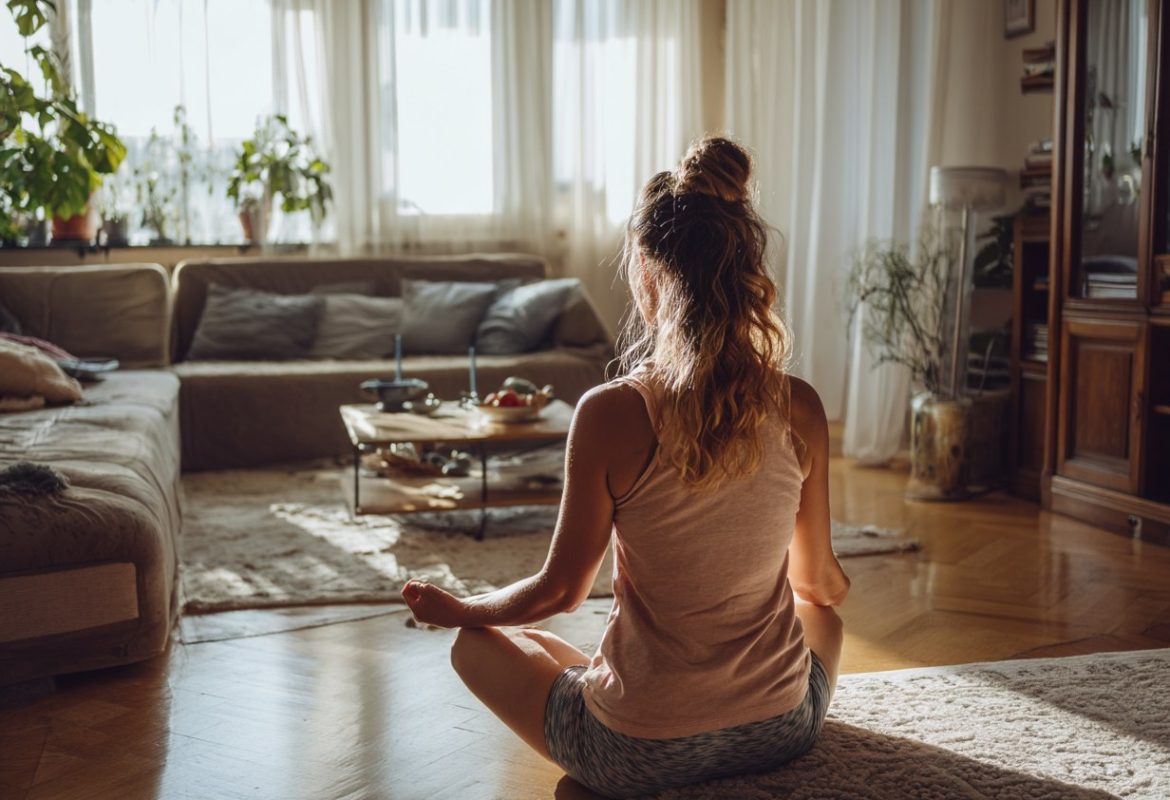Yoga’s one of those things you hear a lot about—relaxation, flexibility, good vibes and all that—but once you start digging, there’s a surprisingly sturdy pile of science behind it. Recently, we chatted with the folks over at AppliedMotion, a physio clinic here in Perth, and they had a lot to say about how yoga really does affect the body—especially those feet of ours that do all the hard yards. Turns out, your toes have been crying out for some warrior pose action, and your arches might just fall in love with downward dog.
This piece isn’t just about bending like a pretzel. We’re going to look at what actually happens to your body (and yes, your feet) when you get into yoga on the regular. Let’s get into it.
Yoga and the Human Body: An Overview
At its core, yoga is a blend of breath, movement, and mental focus. It’s been around for thousands of years, which is a pretty solid track record. But modern yoga’s evolved into loads of different styles, like Hatha (slow and steady), Vinyasa (breath-to-movement flow), and Iyengar (super focused on alignment). Despite the different vibes, they all share a focus on syncing breath with movement and building a better connection with your body.
The reason it works so well? It’s not just stretching for the sake of it. It taps into multiple body systems at once. You’re not only limbering up your hamstrings, you’re firing up muscles you didn’t know you had, tuning your nervous system, helping your heart, and even nudging your hormones in the right direction. It’s like a full-body meeting, and everyone’s invited.

The Feet: The Unsung Heroes of Human Movement
Feet don’t get the credit they deserve. They carry us through life—work, walks, workouts—yet most of us ignore them until something starts hurting. Each foot has 26 bones, over 100 muscles, tendons and ligaments, and they’re packed with nerve endings that help with balance and coordination.
When your feet are off, it throws everything out of whack. Poor foot posture messes with your knees, hips, and even your lower back. Common issues like flat feet, plantar fasciitis, and bunions can quietly creep in thanks to things like dodgy footwear, too much sitting, or just not paying attention. What’s great about yoga is that it’s barefoot and slow enough to actually notice what your feet are up to—and start fixing the bad habits we didn’t realise were there.
The Science-Backed Benefits of Yoga for the Body
Musculoskeletal System
Yoga is a bit of a treat for your joints and muscles. Unlike weightlifting, which often isolates muscles, yoga pulls everything together. You might be in a standing pose like Warrior II thinking it’s all legs, but your shoulders, core, and even the soles of your feet are getting involved. This full-body engagement strengthens muscles while protecting joints, helping to build stability without the wear and tear.
It’s also one of the best ways to improve flexibility over time. Tight hips, hamstrings, and shoulders can limit mobility and increase the risk of injury—but regular practice helps lengthen the muscles in a gentle and sustainable way. Plus, improved posture usually sneaks up on you after a few weeks.
Nervous System
Yoga is famous for its stress-busting perks, and that’s mostly thanks to its effects on the nervous system. When we slow down our breathing in a pose or during meditation, it kicks our parasympathetic nervous system into gear—that’s the one responsible for chilling us out.
This has all sorts of benefits: reduced anxiety, better sleep, improved digestion, and even clearer thinking. On a more physical note, a calm nervous system helps with muscle relaxation and coordination, making your movements more fluid and controlled.
Proprioception, or body awareness, also gets a boost. You start noticing how you carry yourself in everyday life. Are you favouring one side? Do you lean on your heels too much? With time, yoga tunes you into these little quirks, which can lead to fewer injuries and better movement patterns.
Circulatory and Respiratory Health
Most yoga styles include breathing exercises—known as pranayama—which help improve lung capacity and oxygen uptake. Pair that with poses that promote circulation, and you’ve got a natural way to enhance cardiovascular health. Inverted poses like legs-up-the-wall or shoulder stand help return blood to the heart and ease pressure on the lower limbs.
On top of that, yoga encourages lymphatic flow, which is key to flushing out toxins and supporting the immune system. While it’s not a magic detox (sorry, no green juice shortcuts), consistent practice helps the body function more efficiently, including how it handles stress and inflammation.

Spotlight on Feet: How Yoga Benefits Foot Health
Structural Rebalancing
One of the first things you learn in yoga is Tadasana—mountain pose—which looks like you’re just standing still, but it’s all about balance and alignment. It teaches you how to stack your joints, engage your arches, and spread your toes. Poses like Warrior I and II take that further, challenging the feet to distribute weight evenly and support the rest of the body properly.
If you’ve got collapsed arches or uneven wear on your shoes, this kind of foot work can help rebalance things. Even simple standing poses can retrain your muscles to support the structure of your foot better, which in turn affects how your whole body moves.
Muscle Engagement and Strengthening
Yoga gets those tiny muscles in the feet working again—the ones that often go unused in modern life full of cushiony trainers and flat pavements. Poses that require balance and barefoot standing encourage the activation of the intrinsic foot muscles. These are crucial for stability and preventing injuries like sprains and strains.
By getting these muscles back online, yoga can also be used as a preventive or rehabilitative tool for foot conditions. It won’t replace a podiatrist if you’ve got serious issues, but it’s a brilliant daily habit for keeping things in check.
Fascia and Flexibility
You might have heard of the plantar fascia—the thick band of tissue along the bottom of the foot. When it gets inflamed, you feel it with every step. Yoga stretches out this tissue gently but consistently, especially in poses where the toes are tucked or the heel is lengthened.
The fascia connects everything, from your feet to your head, so keeping it supple is important. Yoga’s slow, controlled movements and long holds are perfect for encouraging that kind of elastic flexibility.
Balance and Grounding
Standing on one leg in Tree pose sounds easy—until you try it. These kinds of balance poses challenge the foot’s stability in real time. Every wobble is your nervous system adjusting, learning, and building strength. That kind of work carries over into everyday life, reducing the risk of falls or stumbles, especially as we age.
Yoga also builds a mental connection to the feet. You start to feel the ground more, notice pressure points, and adjust unconsciously for better posture and movement. It might sound a bit woo-woo, but it’s just your brain getting better at reading signals from your feet.
Research and Case Studies
There’s a growing body of research showing how yoga supports foot and body health. A number of studies have looked at its impact on balance in older adults, finding that regular practice improves both static and dynamic balance—reducing fall risk significantly.
Some physical therapists are now including yoga-based movements in recovery programmes for patients with plantar fasciitis, Achilles tendonitis, and other lower limb issues. The team at AppliedMotion mentioned they’ve seen solid results when clients incorporate yoga into their rehab, especially for strengthening the feet and improving ankle mobility.
Even athletes are getting on board. Runners and footballers who add yoga to their routines often report fewer injuries and faster recovery times, which makes sense given how much impact their feet absorb.
Practical Yoga Poses for Foot and Full-Body Health
If you’re keen to give your feet some TLC while helping your whole body, there are a few key poses worth trying. Tadasana (Mountain Pose) teaches foundational alignment and helps you notice imbalances. Vrksasana (Tree Pose) is great for balance and foot engagement. Downward Dog is fantastic for stretching the calves and feet, and it also strengthens the upper body.
Warrior Poses—especially I and II—help build lower body strength and stability. Malasana (Garland Pose) opens up the hips and ankles, and gives a good stretch to the feet, too. And don’t underestimate the value of just standing barefoot on a yoga mat for a few minutes, slowly shifting your weight and tuning in.
If your balance isn’t great yet, use a wall or yoga block for support. Yoga’s not about doing it perfectly—it’s about noticing what’s going on and working with it.
Bringing It All Together
The more you learn about yoga, the more it starts to feel like it should just be part of regular life. Especially for your feet. We rely on them every day, yet hardly ever give them proper attention. Yoga not only reconnects you to your feet, but helps sort out the chain of effects that foot misalignment can have up through your knees, hips, and spine.
Whether you’re already into yoga or just curious, it’s worth paying more attention to what’s happening at ground level. Our mates at AppliedMotion reminded us that when your feet are happy, everything else tends to follow. So maybe next time you roll out your mat, try a few slow poses and give your feet the spotlight. They’ve earnt it.




